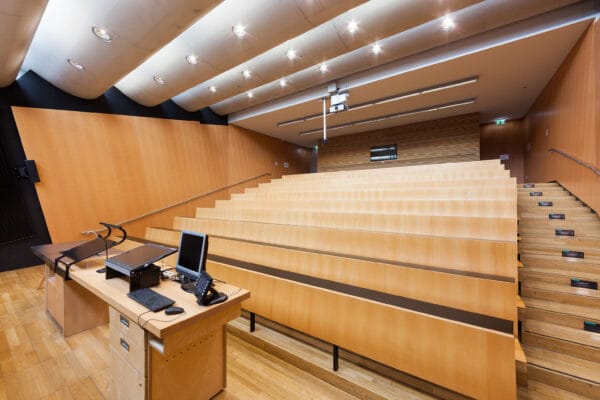
NAME:
SOWI - HS 2
BUILDING:
SOWI
FLOOR:
0
TYPE:
Lecture Hall
CAPACITY:
80
ACCESS:
Only Participants
EQUIPMENT:
Beamer, PC, WLAN (Eduroam), Overhead, Flipchart, Blackboard, Sound System, Handicapped Accessible, Light Installation
Supraglacial landslides can impact glacier behaviour by affecting ice flow, ablation rates, and overall mass balance. The extent of this impact depends on various factors, including the size of the landslide (measured by area, volume, and thickness), its location relative to the glacier’s geometry, and its own geometric characteristics. The long-term goal of this research is to develop a global-scale database of supraglacial landslides, with the initial step focusing on establishing a comprehensive classification system. This study proposes a classification of supraglacial landslides based on their geometry, location, potential impacts, and preservation potential. We mapped over 900 landslides across various climatic regions, including New Zealand, Iceland, the Southern Andes, Alaska/Yukon/BC, and the Karakoram. Mapping was conducted by two independent operators following a systematic workflow: extracting glacier outlines from the Randolph Glacier Inventory (RGI), initially identifying landslide locations through point-based mapping, manually vectorizing landslide shapes using high-resolution satellite imagery, identifying source areas when possible, and calculating morphometric parameters of each landslide. Our classification identifies different morphological types of landslides, including large, widely spread landslides, small supraglacial debris accumulations associated with medial or lateral moraines, and debris “waves” on pre-existing debris-covered glaciers. Landslides were further categorized based on absolute area (small: 0.2-0.5 km², medium: 0.5-5.0 km², and large: >5.0 km²) and relative glacier coverage (ranging from minimal to complete glacier coverage). Deposits were mapped in both ablation and accumulation zones, and this location strongly influenced their preservation potential and geomorphological impact. Geomorphological consequences depend also on the type of the glacier: landslides on land-terminating glaciers may contribute to the formation of large moraine ridges, whereas in the case of lake-terminating or tidewater glaciers delivered debris will be deposited in the basin or removed by currents. Only large landslides that are deposited in the ablation zone are likely to be preserved and significantly alter glacier dynamics. The research was funded by the Polish National Science Centre, Poland – Project number 2021/42/E/ST10/00186
